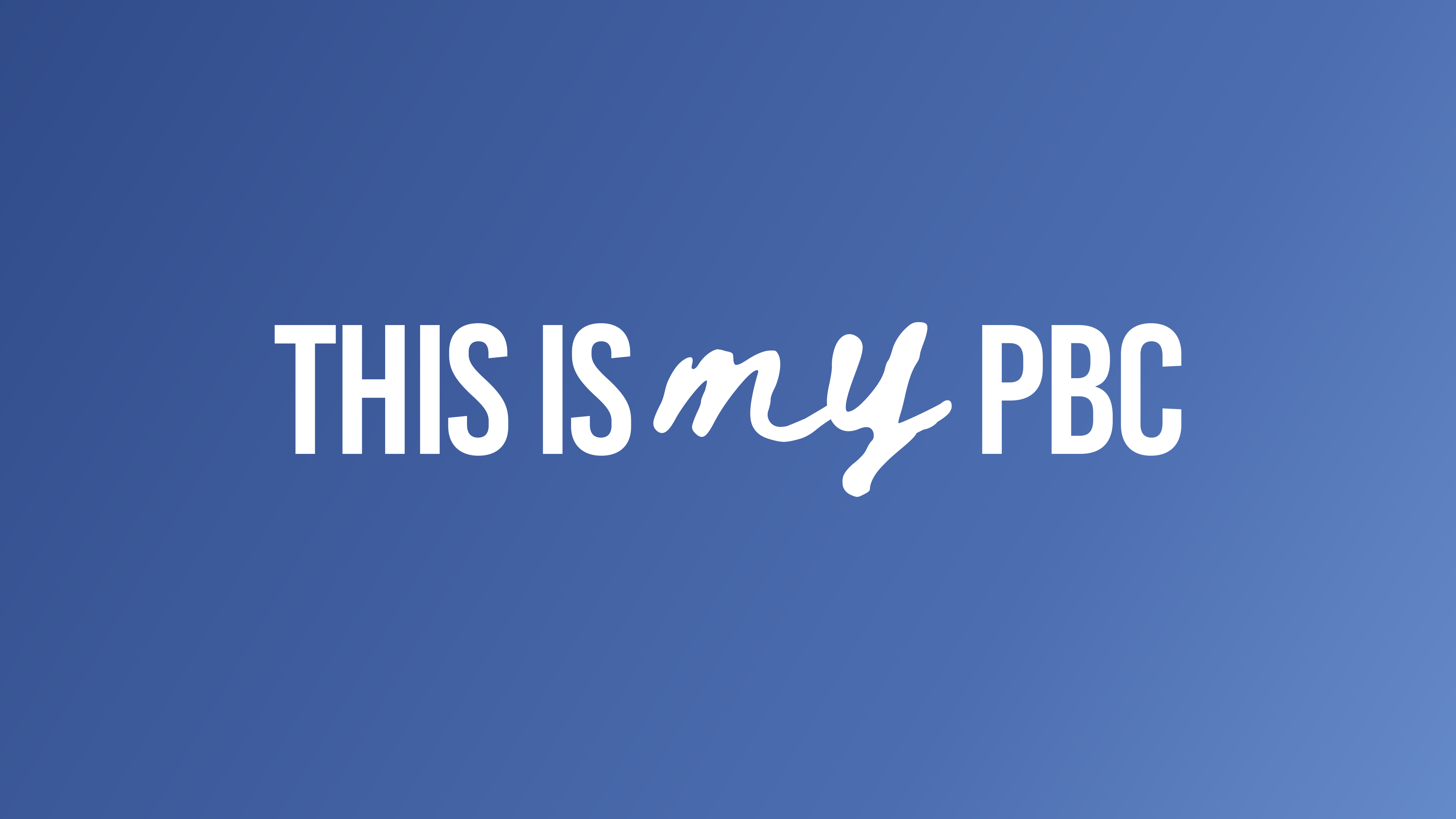Understanding the Person Behind the Chart – Living with Primary Biliary Cholangitis

Primary biliary cholangitis (PBC) is a chronic autoimmune disease that affects liver function and can have debilitating symptoms for people living with the condition, including unrelenting itch, fatigue, pain and dry eyes and mouth. In addition, people who live with it can require liver transplants.
While a PBC diagnosis and its life-changing impact can be very difficult to come to terms with, doctors often focus on liver function laboratory results when consulting patients and forget to ask how they are feeling. As every person living with PBC is unique, their needs and the way they experience symptoms cannot necessarily be determined through their laboratory results. Therefore, the real challenges faced by those living with PBC, particularly those that have the greatest impact on quality of life, can go unheard and unmanaged.
To raise awareness among healthcare professionals of the holistic needs of people living with PBC, we collaborated with the leaders of three patient organizations – PBCers in the USA, the Canadian PBC foundation, and the UK PBC foundation – on a co-created symposium at the American Association for the Study of Liver Diseases (AASLD). The symposium was entitled ‘Living with PBC: The Person Behind the Chart’ and emphasized the importance of healthcare professionals looking ‘beyond the chart’ to understand the symptomatic needs of people living with PBC and to adapt their care accordingly.
The symposium also presented true perspectives from people living with the disease, including their experiences, treatment goals and the impact of the disease on daily life.
This person-focused approach to an educational symposium was well received by the attendees, including healthcare professionals, patient advocacy groups and other pharmaceutical industry partners, opening opportunities for further dialogue and an increased alignment on the improvement of care.













